Responding to market demand: Film slitting machine offers personalized customized solutions
In response to the personalized customization needs of film slitting machines (widely used in packaging, electronics, photovoltaic and other industries), the following are systematic solutions to meet the pain points of diverse markets, covering technical optimization, modular design and service upgrades:
Market demand and industry pain points
1. Material diversity
◦ The film type is complex (PE/PP/PET/aluminum-plastic film, etc.), and the thickness (0.5μm•1mm), hardness, and viscosity vary greatly, so it needs to adapt to different slitting processes.
2. Accuracy requirements are upgraded
◦ Electronic grade films (such as lithium battery separators) are required to be slitted without burrs and dust, and the edge accuracy is ± 0.05mm.
3. Small batch multi-batch trend
◦ Customer demand is fragmented, and the traditional slitting machine is time-consuming and the production efficiency is low.
4. Intelligent requirements
◦ It is necessary to monitor the slitting quality in real time and connect with the MES system to achieve data traceability.
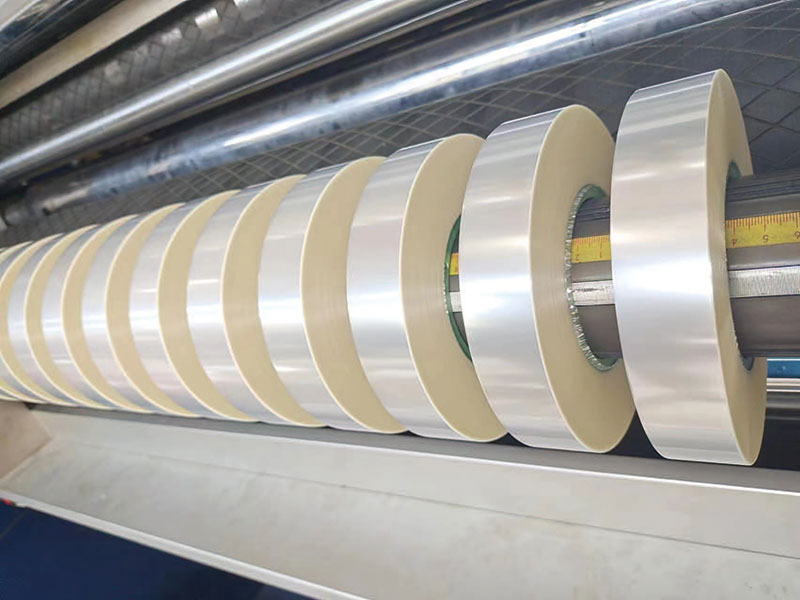
Individually tailored solutions
1. Modular hardware design
• Quick changeover system
◦ Standardized interfaces are used for tool holders and reels, and the changeover time is shortened to 15 minutes (1 to 2 hours traditionally).
◦ Air shaft/magnetic powder shaft can be selected, suitable for different core materials (paper tube, metal core).
• Flexible configuration of slitting mode
◦ A variety of cutting modules such as rotary knife, razor, laser slitting are available, and you can choose according to the material characteristics:
▪ Laser slitting*: ultra-thin and fragile film (e.g. CPI flexible screen film), no contact, no stress.
▪ Round knife slitting*: thick film (such as industrial packaging film) with high efficiency.
2. Intelligent process adaptation
• Material databases
The tension, speed, and knife pressure parameters of 100+ kinds of films are pre-stored, and the new materials can be quickly matched with similar processes through AI algorithms.
• Dynamic tension control
The PID+ feedforward compensation algorithm is used to cope with the ductility change of elastic film (such as PE stretch film).
• On-line thickness detection
Real-time feedback from the infrared thickness gauge automatically adjusts the slitting depth to avoid cutting through or not cutting.

3. Customized quality inspection plan
• Defect detection customization
◦ Basic*: CCD detects slitting width and edge burrs.
◦ High-end version*: infrared + ultraviolet multispectral detection to identify crystal dots and impurities in the transparent film.
• Grading and sorting function
According to customer requirements, the film is automatically graded after slitting (such as A/B/C grade), and labeled or diverted packaging.
4. Digital service extension
• Remote O&M platform
Equipment networking provides value-added services such as capacity analysis, fault warning, and blade life prediction.
• Virtual try-cut system
The customer uploads the film parameters, and the 3D simulation slitting effect reduces the cost of the test machine.
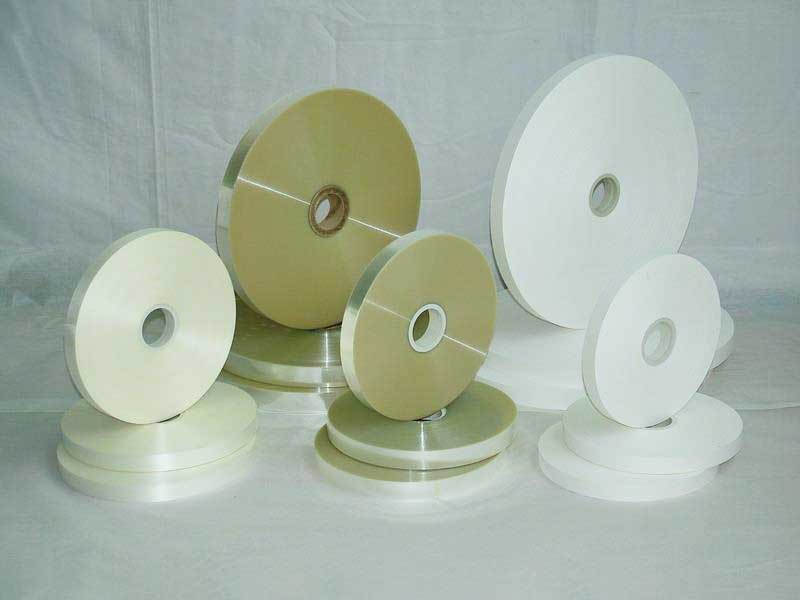
Typical application scenarios
| industry | Customized needs | solution |
| New energy batteries | Lithium battery separator has zero dust slitting | Fully enclosed clean room + static elimination + laser slitting |
| Food packaging | High-speed slitting (800m/min) | High rigidity frame + flying scissor type roll change, reduce downtime |
| Electronic display | Flexible OCA film is slitting without damage | Air flotation transmission + non-contact tension control |
Core competitive advantage
• 30% shorter lead time: Modular design reduces processing time for non-standard parts.
• Overall cost reduction: Intelligent algorithms reduce material waste (e.g. slitting waste edges ≤2%).
• Wide scene coverage: from industrial-grade thick film to optical-grade ultra-thin film, it can be customized.
Future expansion directions
• Green slitting technology: research and development of water-guided laser slitting to reduce the heat-affected zone.
• AI self-learning system: Automatically optimizes the cutting parameters of new materials through historical data.
Through the three-dimensional personalized customization of hardware modularization, process intelligence, and service digitalization, the film slitting machine can quickly respond to market demand and help customers realize the upgrade from "standardized production" to "flexible manufacturing".
Recent Post
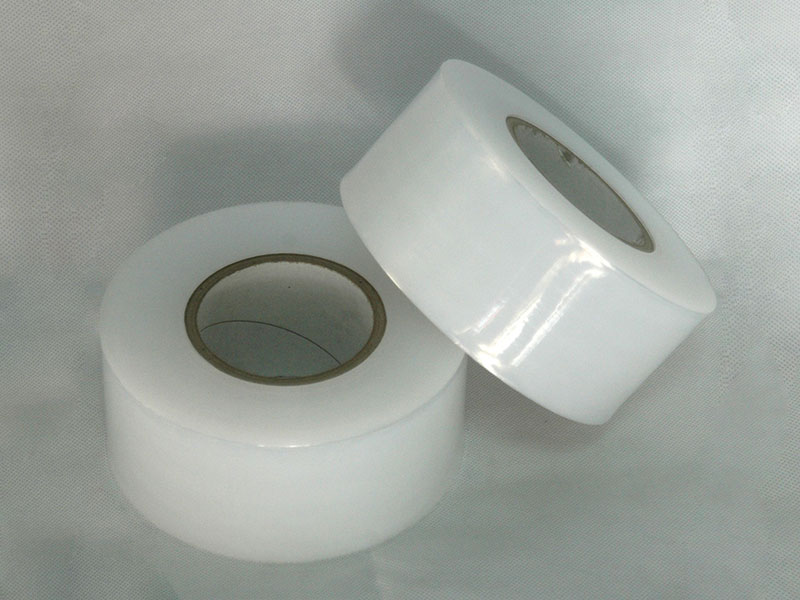 Damage-free slitting! How does a film slitting machine ensure that the edge of the material is smooth and burr-free?12. April, 2025
Damage-free slitting! How does a film slitting machine ensure that the edge of the material is smooth and burr-free?12. April, 2025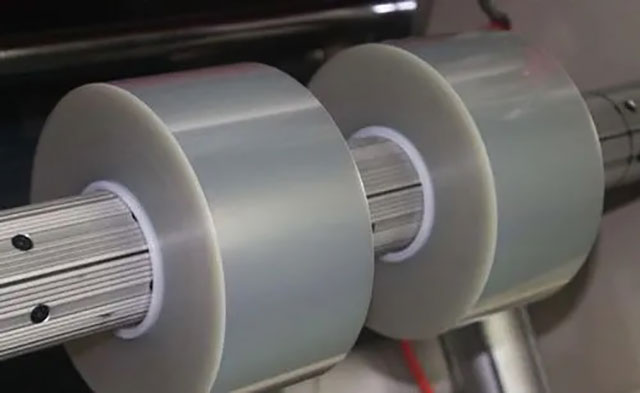 The core technology of film slitting machine: how to achieve micron-level precision slitting?11. April, 2025
The core technology of film slitting machine: how to achieve micron-level precision slitting?11. April, 2025 The new film slitting machine escorts the product quality09. April, 2025
The new film slitting machine escorts the product quality09. April, 2025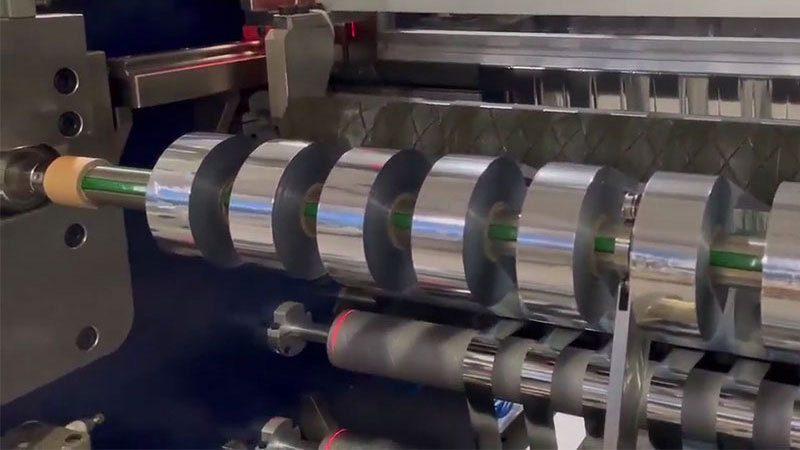 Innovative and upgraded solutions for hot stamping film slitting machine - to respond to market changes with precision and flexibility09. April, 2025
Innovative and upgraded solutions for hot stamping film slitting machine - to respond to market changes with precision and flexibility09. April, 2025
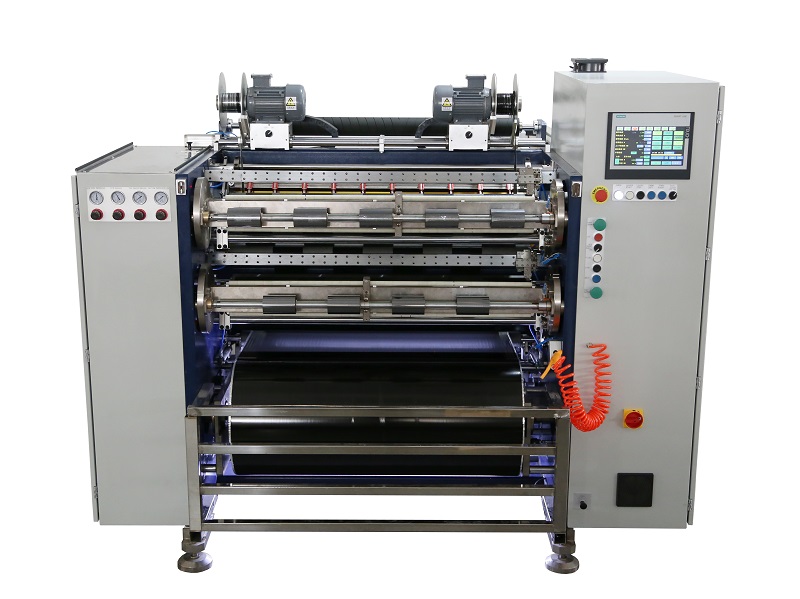 Fully Automatic TTR Slitter RSDS8 Plus
Fully Automatic TTR Slitter RSDS8 Plus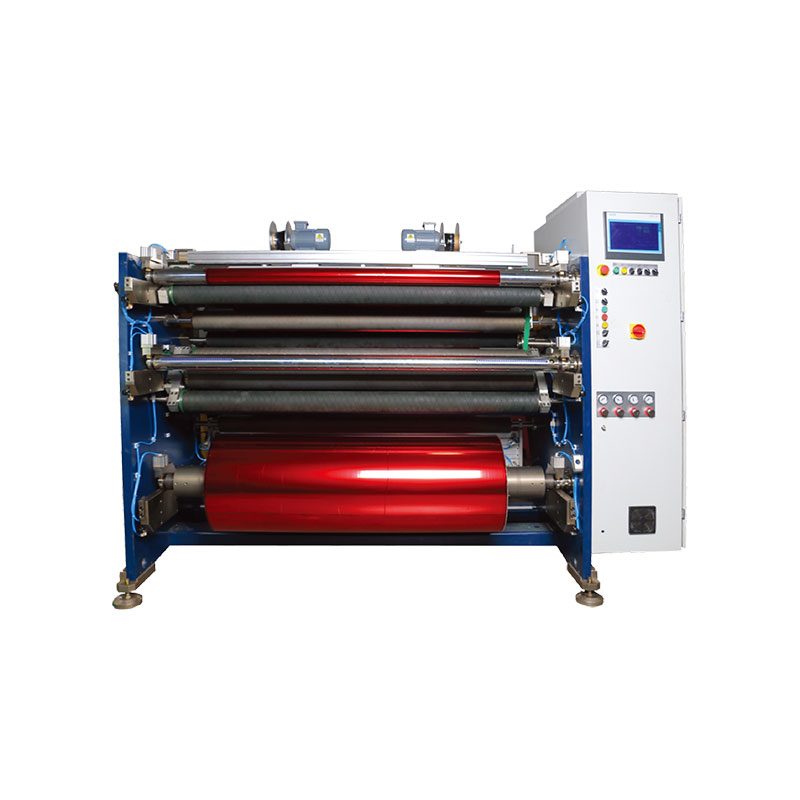 Hot Stamping Foil Slitter 1600mm
Hot Stamping Foil Slitter 1600mm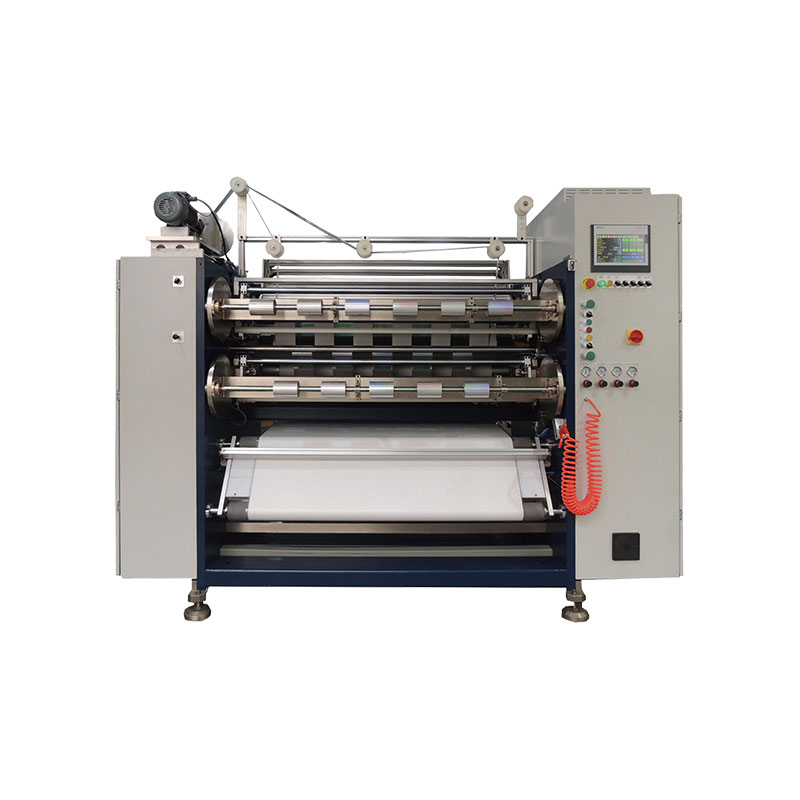 Hot Stamping Foil Slitter (4 Shafts)
Hot Stamping Foil Slitter (4 Shafts)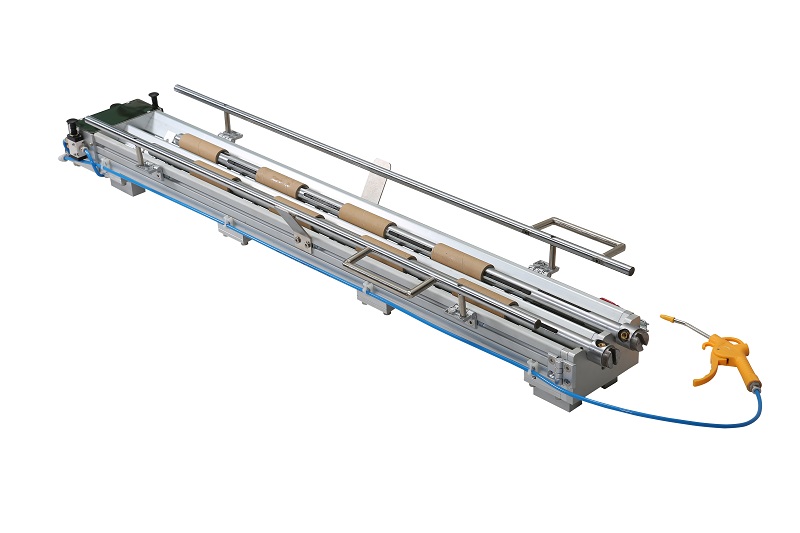 Paper Core Loading Machine
Paper Core Loading Machine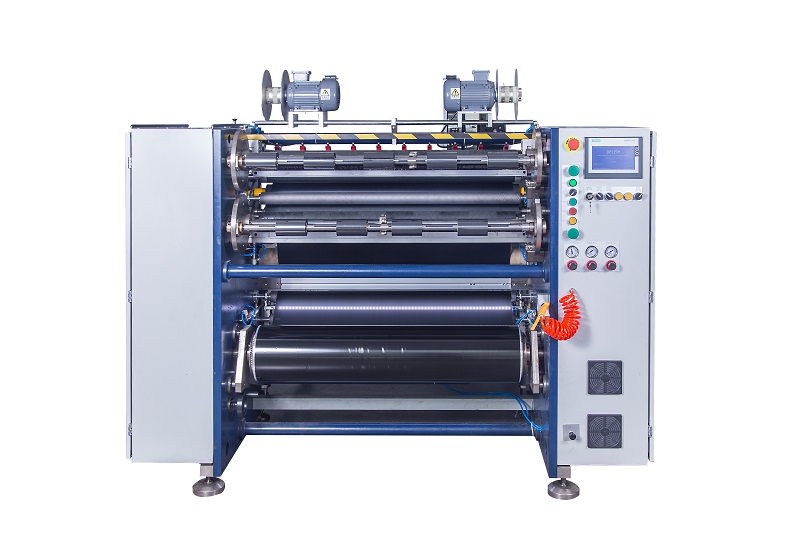 Semi-Auto TTR Slitter RSDS2 Plus
Semi-Auto TTR Slitter RSDS2 Plus Semi Automatic TTR Slitter RSDS5 Plus
Semi Automatic TTR Slitter RSDS5 Plus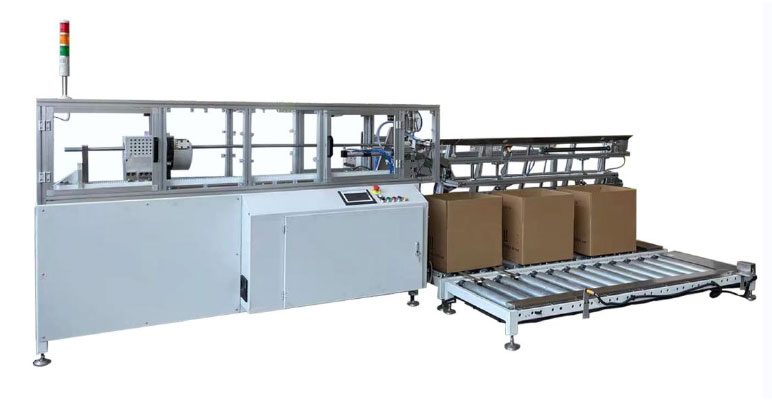 Auto Paper Core Cutter
Auto Paper Core Cutter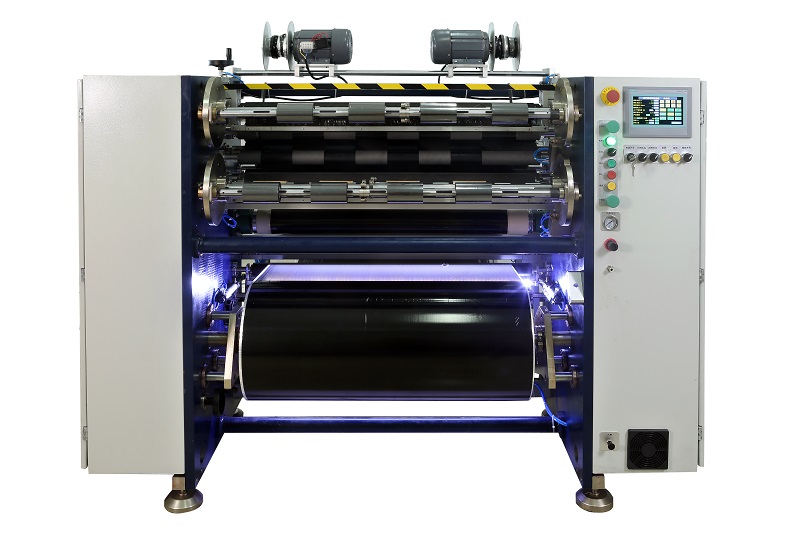 Manual TTR Slitter RSDS2
Manual TTR Slitter RSDS2





